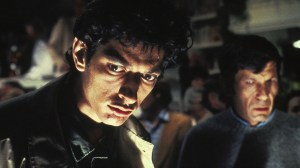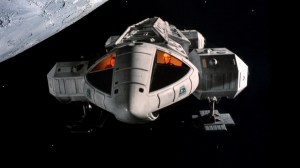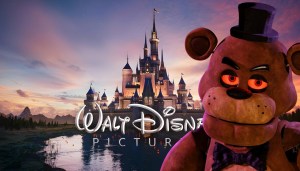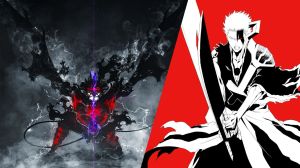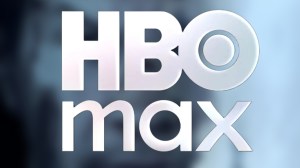The Children of the Vault have been a thorn in the side of mutantkind ever since they first appeared in “Supernovas,” the inaugural arc of Mike Carey’s X-Men run that launched in 2007. In 2019, Jonathan Hickman brought the post-human society back as a foil to the new mutant civilization flourishing on the island of Krakoa when he relaunched the X-Men line with House of X and Powers of X. The Children have made sporadic appearances since then but will be the focus of the new Children of the Vault miniseries from writer Deniz Camp and artist Luca Maresca launching in August as part of the Fall of X.
Videos by ComicBook.com
The Children of the Vault aren’t alone in this series. They’ll clash with two time-traveling X-Men: Bishop and Cable. ComicBook.com had the chance to send some questions about Children of the Vault to Camp, who is hot off the conclusion of his Image Comics miniseries 20th Century Men (which you really should read). Camp tells us that, as with 20th Century Men, there are conflicting visions of the future in Children of the Vault, with the Children, Bishop, and Cable serving as their champions. Here’s what he told us about the series, along with the first look at interior art pages from Children of the Vault #1 (art by Maresca with colors by Carlos Lopez) and Yanick Paquette’s cover for Children of the Vault #3.
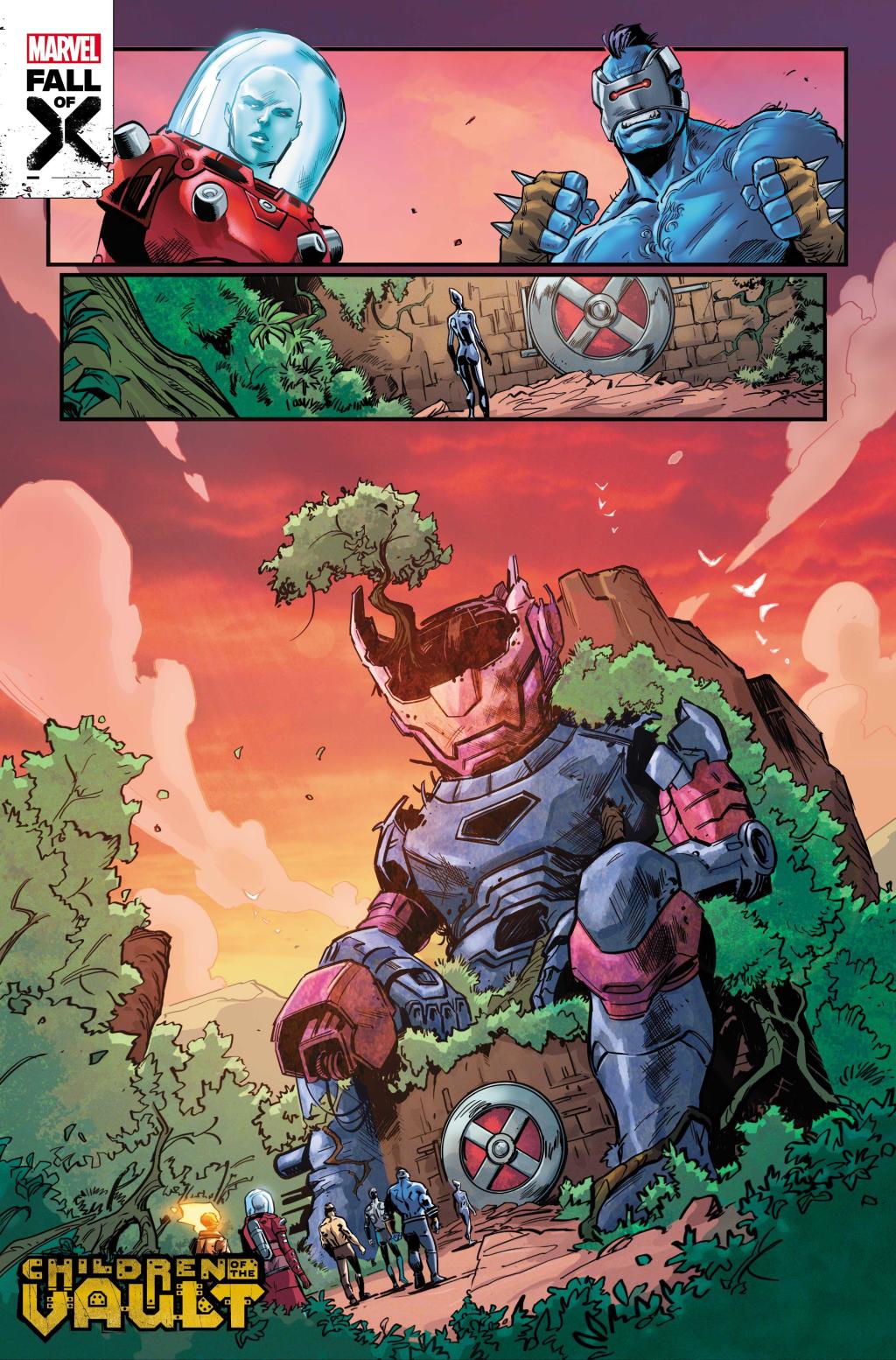
Jamie Lovett, ComicBook.com: Children of the Vault is both your Marvel debut and your first new book to hit shelves since 20th Century Men wrapped, a great book that I think captured folks’ attention. What are the similarities between that book and this one — stylistic, thematic, or whatever else — that those following you from that book to this one might see? Or is this book a palate cleanse, something very different?
Thanks, I’m really proud of 20th Century Men.
Stylistically, Children of the Vault and 20th Century Men are pretty different. 20th Century Men was a very layered, very grounded book. (Grounded for a book about cyborgs and super-soldiers, anyway.) And though there was action in it, action wasn’t our focus.
Working in the Marvel Universe is really a different animal. For one, I’m writing an action comic. Energy and momentum at all times is important. Things move *fast*.
For another, Marvel operates on a much bigger scale. It’s a universe where cosmic gods and Lovecraftian monsters are commonplace, which means I get to exercise my imagination in a different way; inventing advanced cultures and super technology, resurrecting past continuity in new ways, and imagining big action scenes that put superpowers to new and interesting use.
So stylistically they’re quite different. Thematically, though, they have something in common.
On one level 20th Century Men was about competing visions of the future, and what struck me when I went back and read past Children of the Vault appearances was this was also the Children/Mutant dynamic: The Children of the Vault represent an alternative vision of the future of Earth. This is central to their identity.
And so much of the Krakoan era has been about competing visions of the future (quite literally, as Jonathan Hickman took it into the future), all the way back to HOX/POX, and into now with Orchis and Krakoa/Mutantkind vying to define the future. The Children of the Vault represent a new complication in the ongoing human/mutant conflict, a “third way”. And just as Hickman increased the stakes by founding a mutant nation, I wanted to have the Children grow to meet the scale of Krakoa/mutantkind/Orchis.
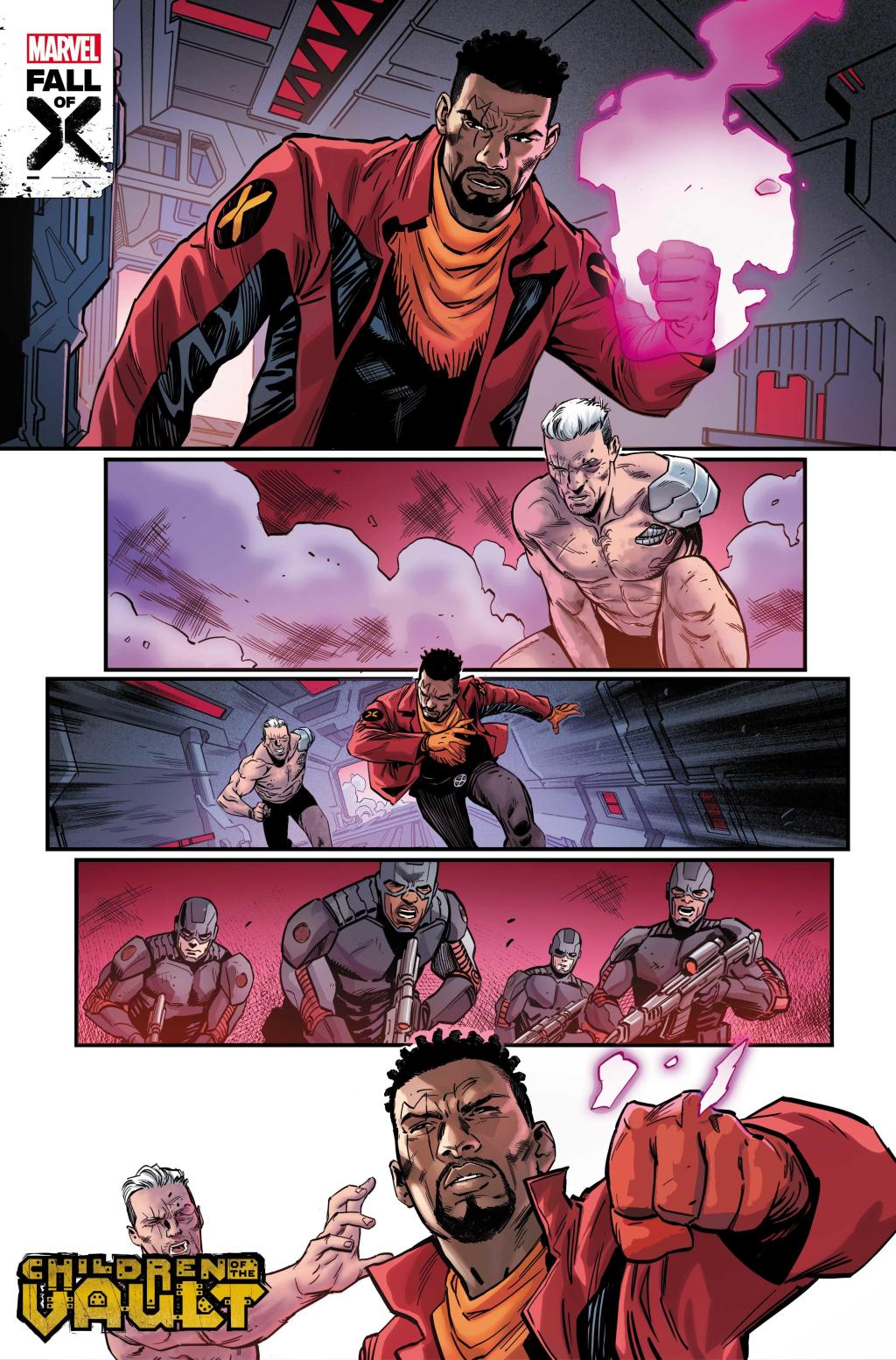
Based on what information Marvel has put out there, there seems to be a dual focus here: the Children of the Vault (of course) and then Bishop and Cable having to work together. What can you tell me about how this came together? Did it begin life as a Bishop/Cable team-up book, a Children of the Vault project, or something else entirely?
It was decided by my editor, Sarah Brunstad before I was brought on board, and I think was a stroke of brilliance. She saw that the Children were largely driven by this belief that they were the future, and so it seemed natural to put them up against two X-Men actually *from* the future. Bishop and Cable each represent yet another wrinkle in the “competing visions of the future” theme. They’ve spent most of their lives trying to shape the future! It all hangs together pretty elegantly, I think, and Sarah deserves all the credit for that.
And yes, I see all three of them – Cable, Bishop, and the Children of the Vault – as sharing the focus equally. I’m trying to give everyone something meaty every issue. It’s my hope that after the mini people will feel they know these characters better, understand why they’re compelling, and will want to see more.
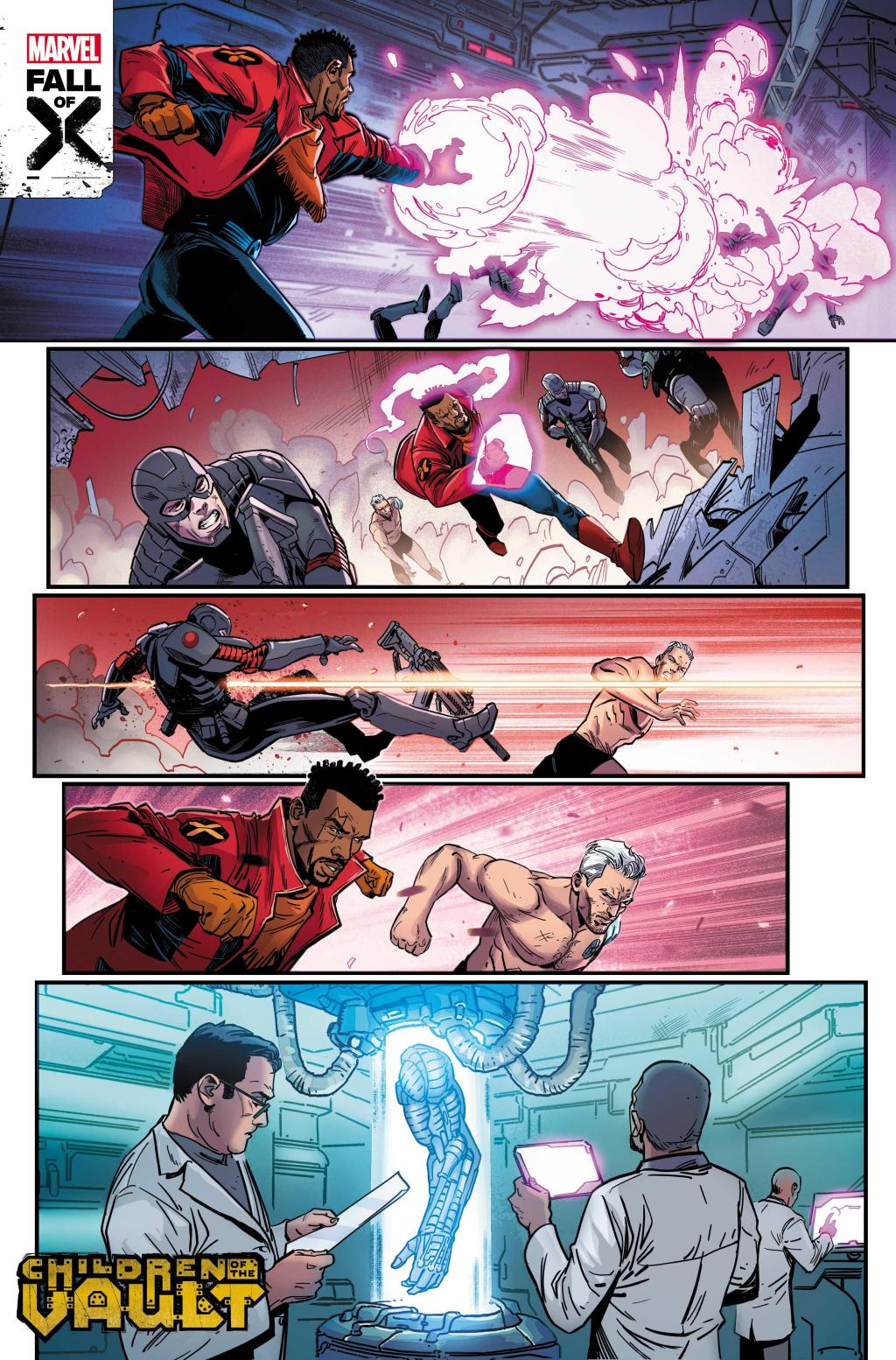
Both the Children of the Vault and the Bishop/Cable rivalry date back to a specific era of X-Men comics,Messiah Complex and the comics that led up to and came out of it. How much did that inform the decision to bring these two sets of characters together, and were you familiar with or a fan of those comics before working on this series?
I was generally familiar with it, yeah. Before I sat down to write I went back and read all of that, plus a bunch of other stuff featuring Cable and Bishop (and the Children of the Vault, though that’s a much smaller research pile).
My approach to comics is, everything that happened, happened. I think that’s one of the unique and beautiful things about ongoing comics universes, the complexity that emerges out of decades of continuity (and that includes contradictions, by the way; people are full of contradictions in real life, why not in comics?).
Bishop and Cable are such rich characters, and so there’s a lot to draw from. I’m drawing from the 90s Cable and I’m drawing from the 2000s Cable and I’m drawing from what Al Ewing has done with the character. I’m drawing from the original Bishop stuff, and District X, and the recent War College run.
But dealing with them both together, the elephant in the room is everything what Swierczynski & Olivetti did with them in the post-Messiah Complex Cable series. For those who don’t know, Bishop hunted Cable and his daughter Hope across time and space in an effort to kill baby Hope to prevent the mutant holocaust he was born into. They spent years running and chasing and fighting, and Bishop went to terrible lengths.
So you could say there is some tension there.
And that’s become, for me, perhaps the most interesting and fruitful part of the book, their complicated dynamic. Because all of that is true, all of that happened. But also…if that HADN’T happened, they seem like the kind of guys who might like each other, don’t they? They’re both time-displaced soldiers living in an almost mythical (to them) past. So they’re kind of fighting a natural rapport, I think.
Yes, it’s messy, but messy is interesting. Messy is human.
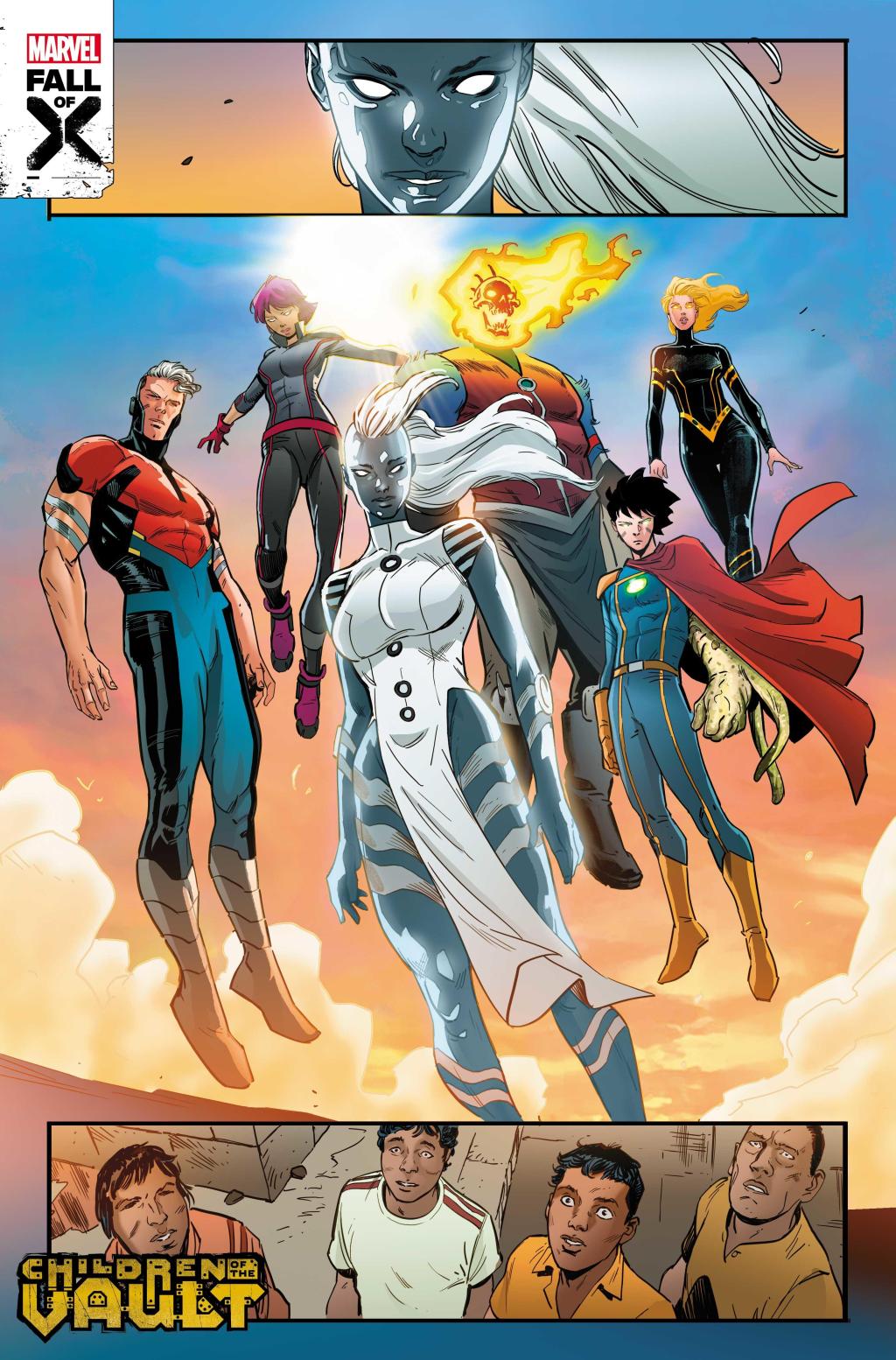
The Children of the Vault are steeped in these heady sci-fi ideas and concepts that seem ripe for interpretation. Are there specific big ideas at the heart of the Children of the Vault? Should we expect to see a deep dive into the Children of the Vault’s culture, similar to the exploration of Arakko in X-Men Red and elsewhere, or is this less a big idea book and more an action book, which the Children of the Vault are also pretty good for?
My goal is to do both. I love world-building, but I think it has to be grounded in the characters and revealed naturally through the story. I want to do the world-building in a way that doesn’t slow down the narrative or distract too much from the characters, so a lot of it is in the background, or in a little snippet of narration to inform a conversation happening, or – when I really went to get deep – in the text pages (which have been an invaluable resource).
I’ve done a lot of thinking about the Children, and what a “fast-forward” culture with each generation grown in a lab might look like. How does a culture like that look at an individual life, when they know they’ll be reborn in a slightly different form, with slightly different memories and experiences each generation? What are the politics and history of a people trapped inside the vault, sure of their destiny and obsessed with expansion?
That’s all in there, but it’s primarily interesting to me in how it informs the characters of the Children, their motivations and methods.
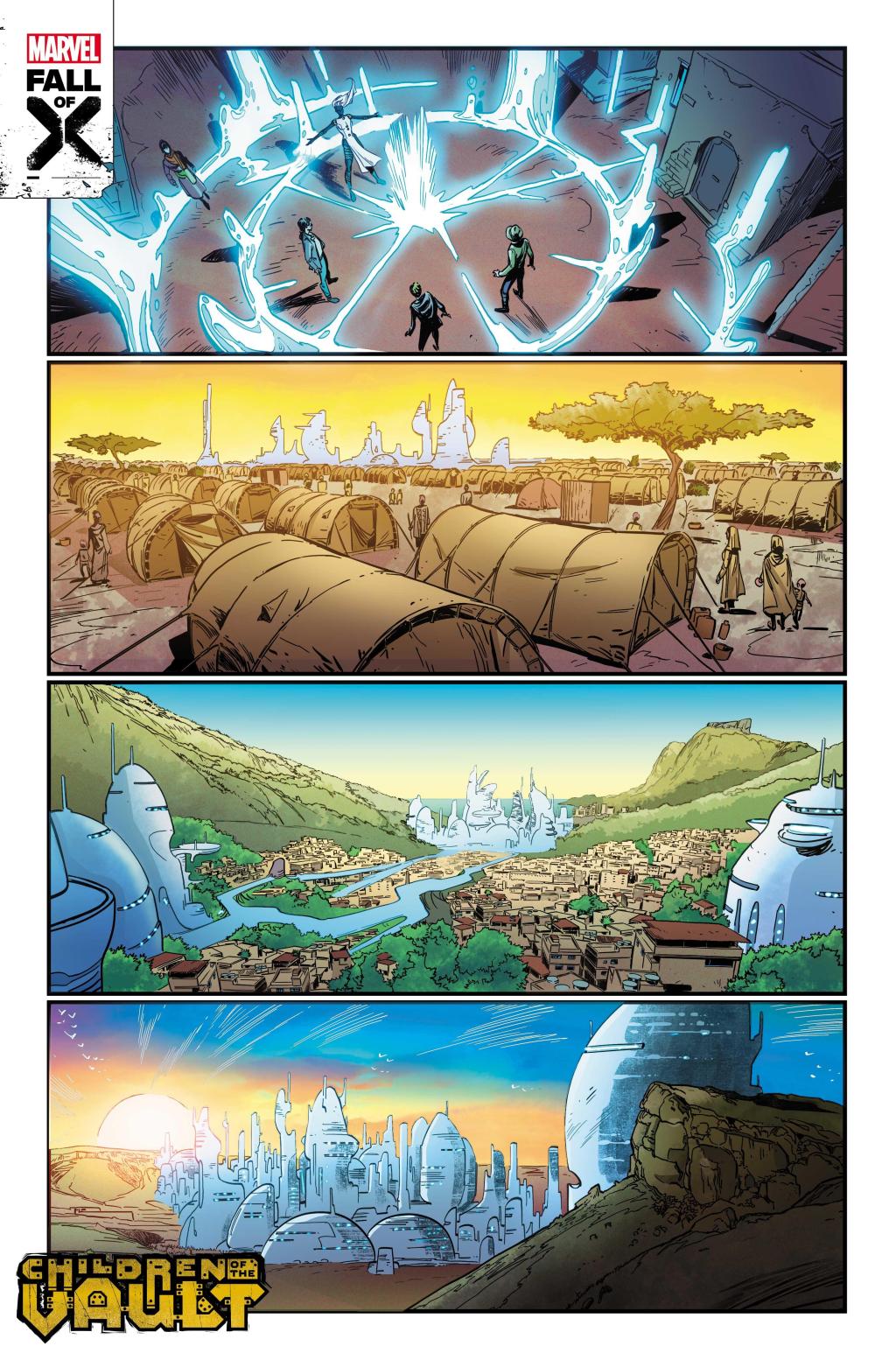
The Children of the Vault include many characters. Which are taking the lead here and why? Or are there any you found yourself particularly enjoying writing?
One of the great things about the sped-up time conceit is that every time the Children appear they are kind of new characters. The name stays the same, and some of the memories survive, but hundreds of years have passed for them, multiple generations of evolutions, experiences, and improvements. Some of the characters will be very different from the last time we saw them, you’ll see characters merged together and others discontinued, plus a bunch of brand-new ones we’ve created (there are a million in total, after all!). That’s all part of the story and something we’ll be exploring throughout.
In terms of favorites, Serafina takes the lead, and I love watching her bump against a new character we’ve created called Capitán. They kind of represent two ideological extremes in the culture.
And Martillo gets a special focus in issue 2 and that was a lot of fun.
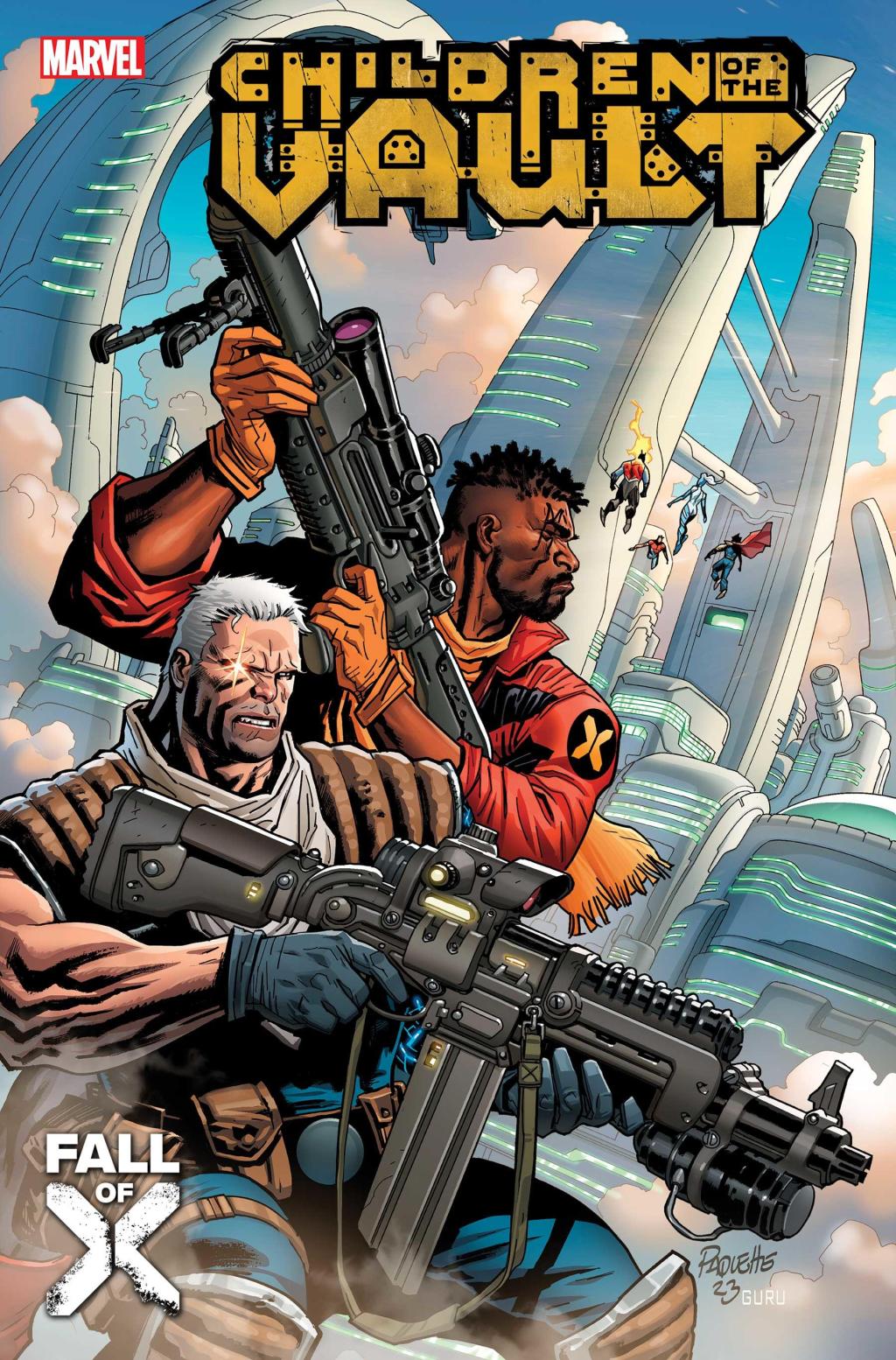
What can you tell me about your collaboration with artist Luca Maresca, the visual style the book is going for, and how that reflects the narrative and its themes?
The Children have rebranded themselves as saviors of humanity, and I think Sarah wanted someone who could do bright, energetic, and “classic super hero”, and Luca is really a perfect fit for that. He has a lot in common with Stuart Immonen and Jim Cheung and has put so much into these pages; every panel is rich with detail without sacrificing the overall fluidity and clarity of the page.
At the beginning of the project we talked about ambitions for the book, and I told him I really want to go for it – I want these issues to feel full, bursting with action and incident and character. That puts a lot of pressure on the artist, with constant scene changes, character group shots, and complicated sci-fi set pieces – but Luca handles it all with equal aplomb, and he hasn’t complained yet (to me, at least!).
I think he’s doing a pitch-perfect Marvel book, you know? It FEELS like a Marvel book when you read it. When I first started seeing his pages is when it really set in that I was writing for Marvel. I think readers are really going to dig it.
Children of the Vault #1 goes on sale on August 9th.

